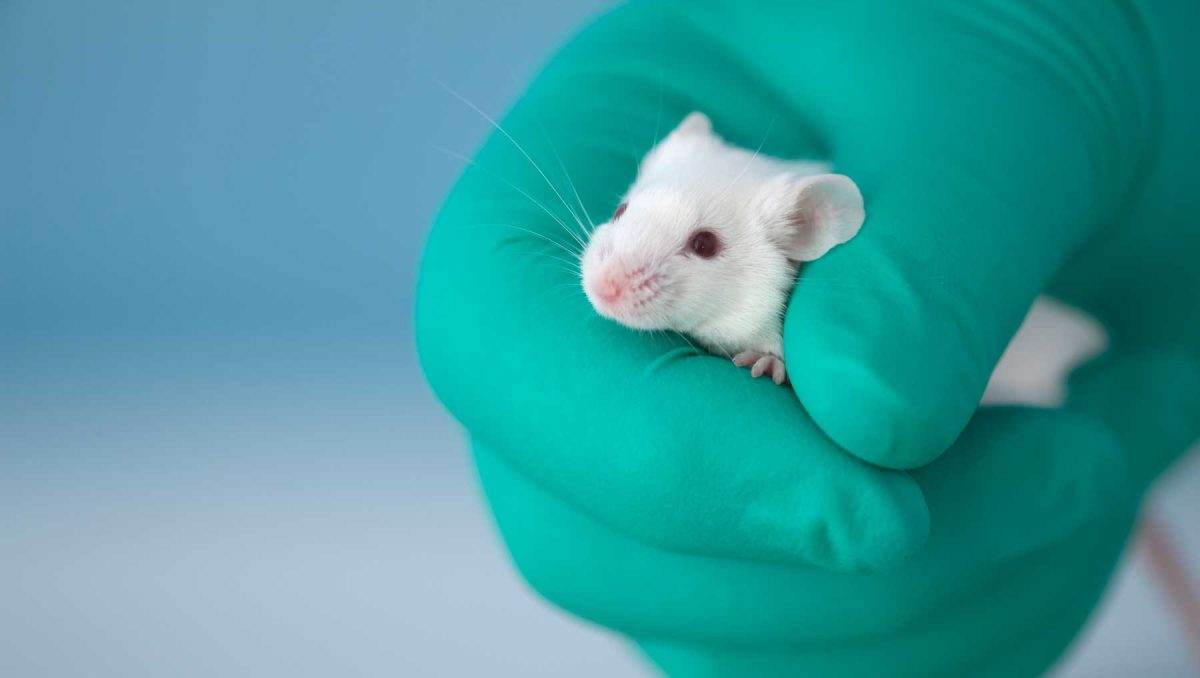3-D printing has restored fertility in mice.
The mice had one sterile ovary replaced with a bioprosthetic that allowed them to ovulate and eventually give birth to healthy pups. The artificial ovaries were made by 3-D printing porous shells and filling them with follicles, which contain immature egg cells.
In the study conducted by Northwestern University researchers, the implanted organs started receiving blood supply within a week before they naturally produced eggs through the pores in the gelatinous structure.
The findings, published in Nature Communications, showed three out of the seven mice with the 3-D-printed ovaries that mated gave birth to offspring. The newborn mice nursed from those mice as they normally would and eventually grew up to give birth to healthy pups of their own.
It represents a step closer to providing an artificial solution for young women whose reproductive organs have been damaged by cancer treatments. Radiation and chemotherapy can destroy their eggs, resulting in infertility or early menopause. To counter this, some women freeze their eggs or undergo hormone-balancing therapy.
Artificial organs in humans could possible in a little as six years, according to one estimate reported in MIT Technology Review.
This article appeared in an InsideHook newsletter. Sign up for free to get more on travel, wellness, style, drinking, and culture.























